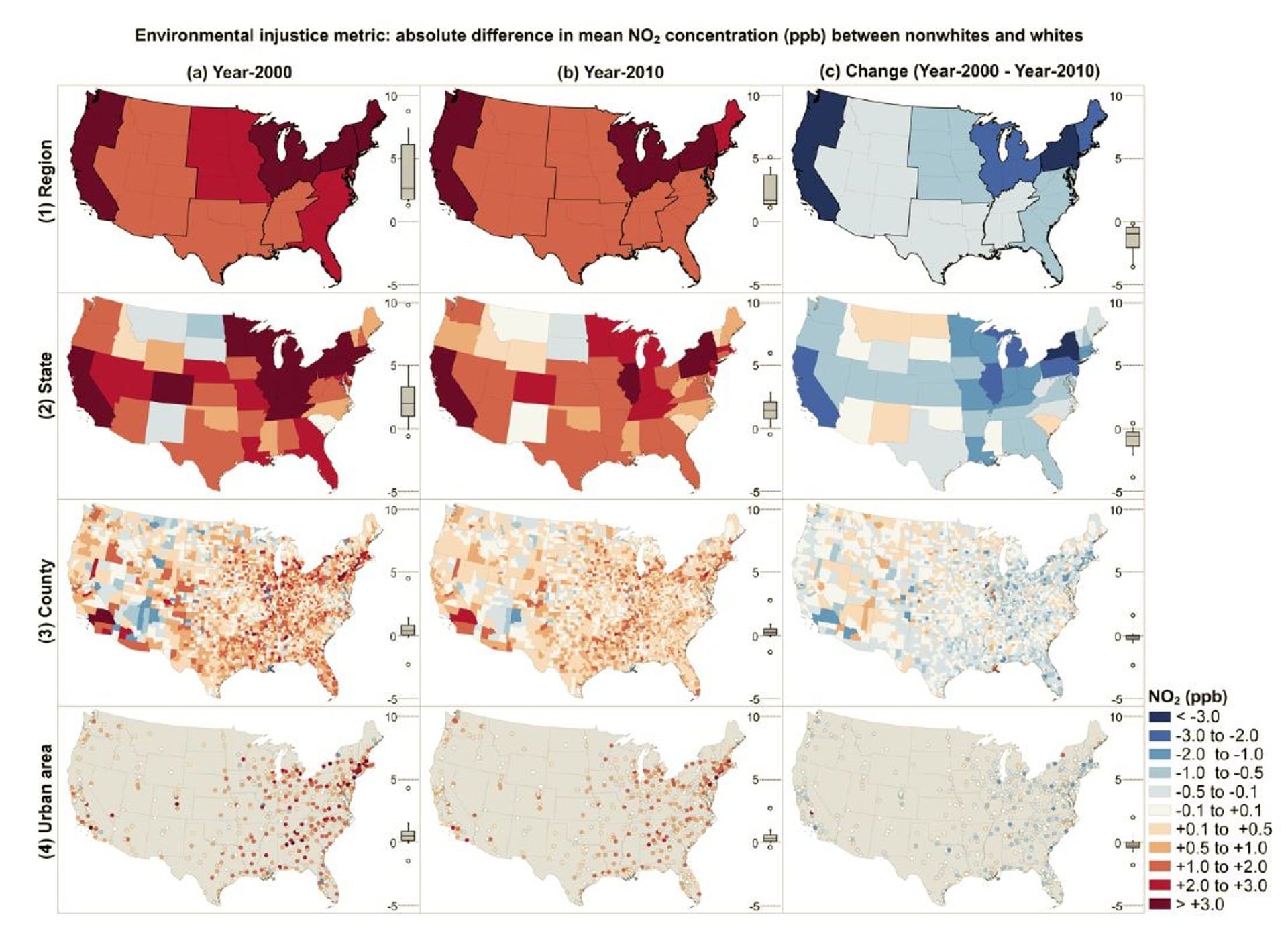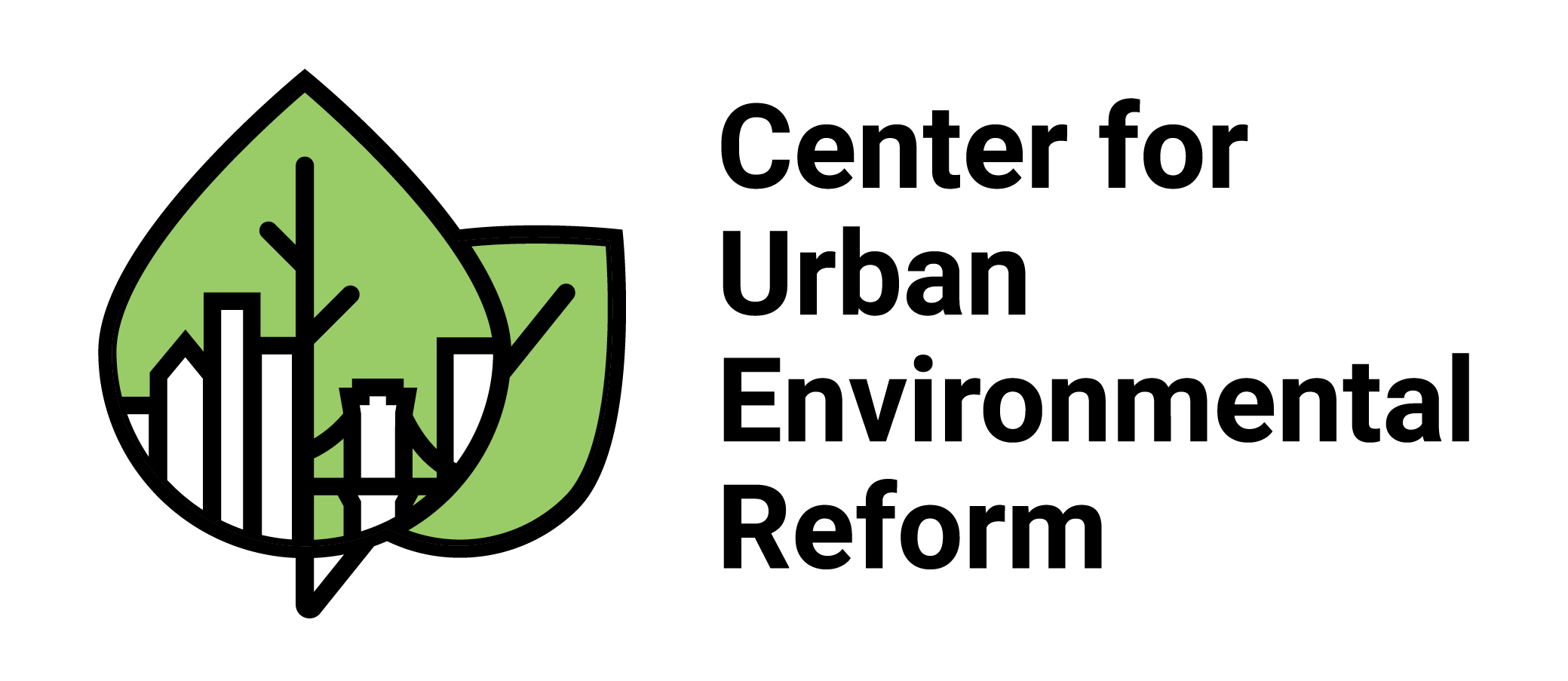Racial Disparities Still Exist in Air Pollution
A new federally funded study found that people of color are still more likely to suffer from air pollution than the white population in the United States. While the results of this study aren’t shocking, the results do serve as a reminder that environmental racism still exists. As important as documenting the disparities by race regarding air pollution is understanding the causes of these disparities.
Since the fight for environmental justice in the U.S. began decades ago, debates have raged about the cause of disparities in environmental harms. Are communities suffering disproportionate amounts of environmental harms targeted because of their race or income? Do these communities develop around environmental hazards because the cost of living is cheaper in those areas? Although it has been clear for some time that communities of color are targeted for the placing of environmental harms, this new study provides further evidence to support this claim.

From The Guardian’s “US people of color still more likely to be exposed to pollution than white people“
Specifically, the study found that exposure to harmful air pollutants is heavily influenced by race, with other categories like income, age, and education failing to account for the disparities. Although overall exposure to harmful pollutants has dropped for Americans from 2000-2010, black and Hispanic populations experienced a 37% higher rate of exposure than white people. In 2000, the rate was at 40%.
Issues of environmental justice are of particular concern under the Trump administration, whose proposed budget includes the removal of the Environmental Protection Agency’s Environmental Justice office and whose policies often reflect a deregulatory approach that places low-income communities of color at greater risk of exposure to environmental harms. Rather than reducing protections for these communities, Americans must fight to ensure these communities have access to safe, healthy, and productive environments.

